Cranial Nerve Palsies (Video)
This video shows the cranial nerve palsies that affect the eye … specifically third nerve palsy, fourth nerve palsy, and sixth nerve palsy. You can watch this presentation in full screen and high-definition by clicking the appropriate buttons. If you have problems you can also watch directly at Vimeo or on Youtube.
SCREEN SHOTS (comments below)
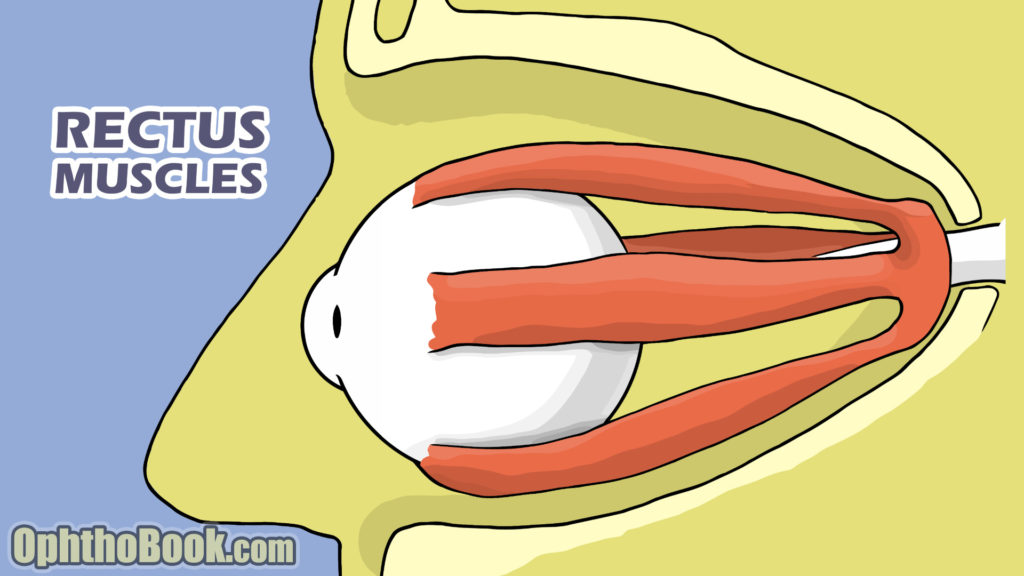
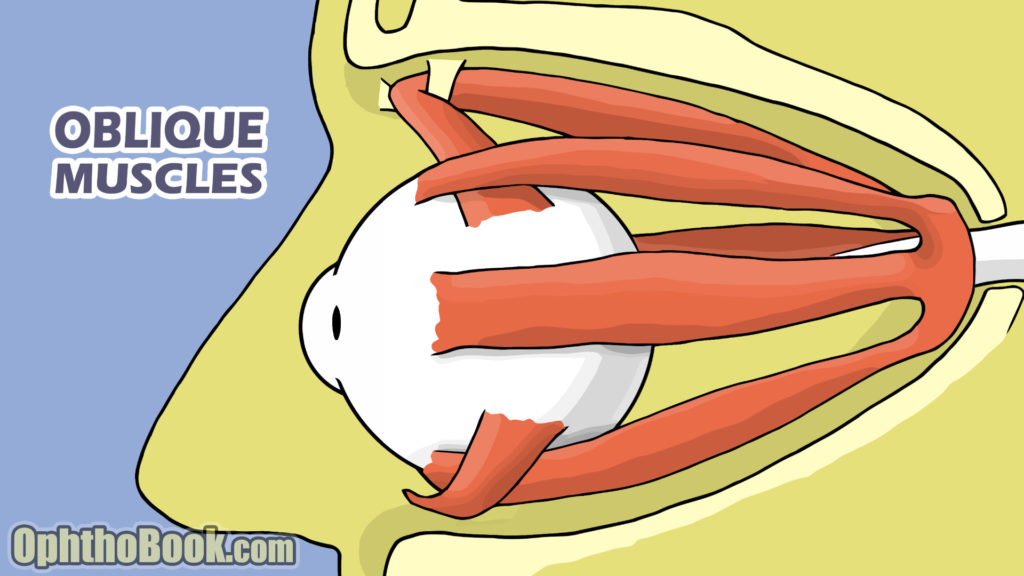
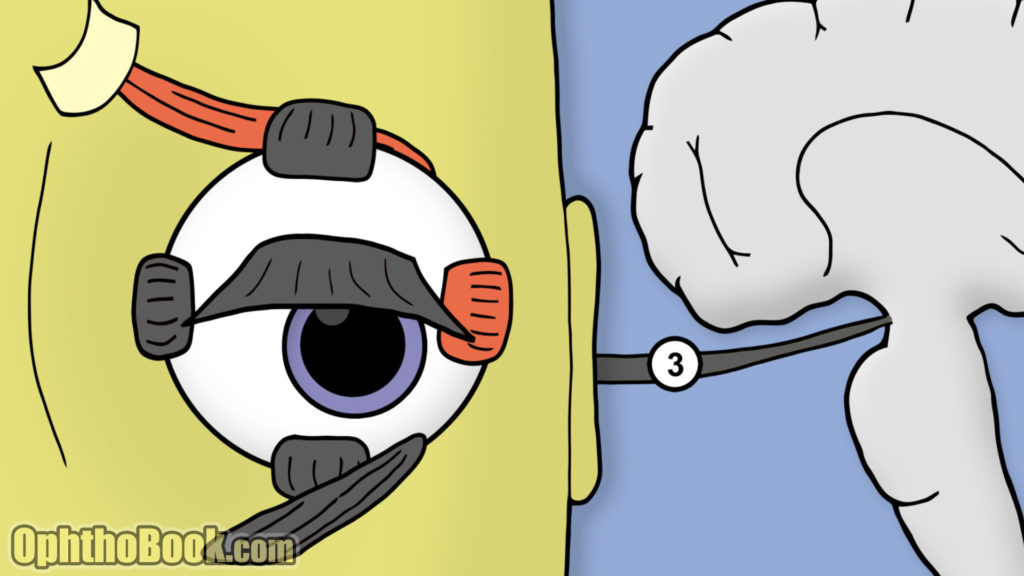
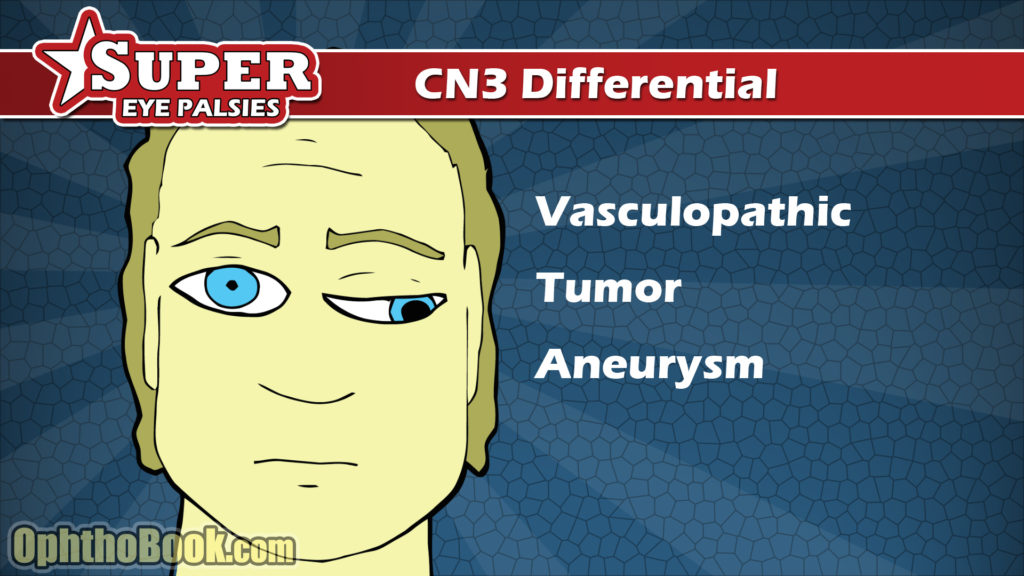
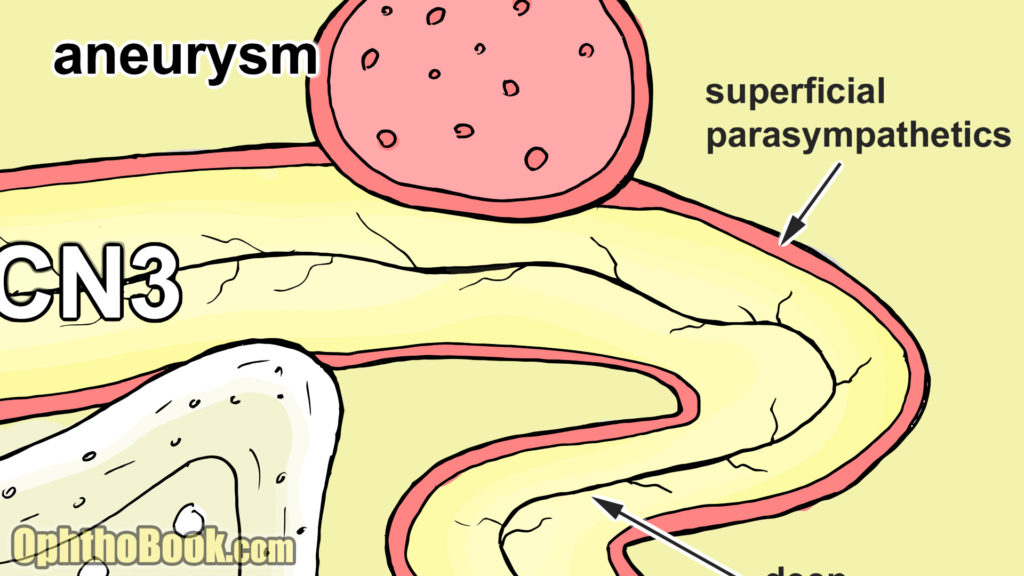
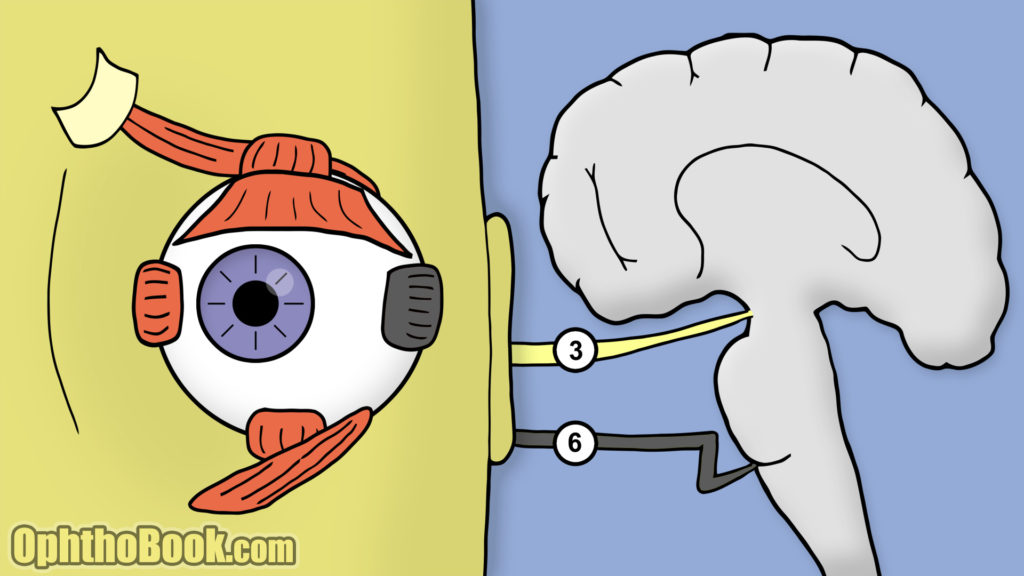

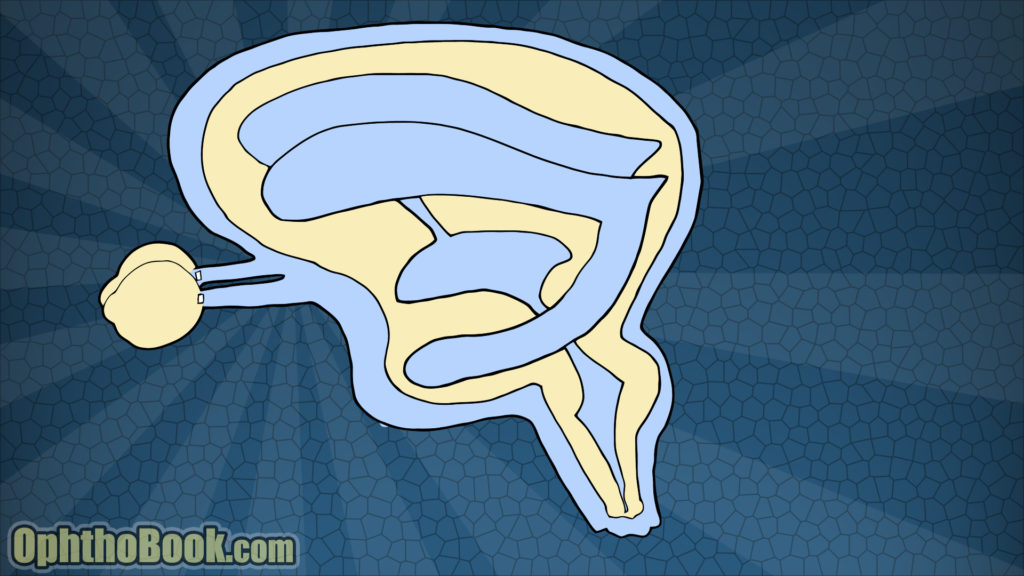
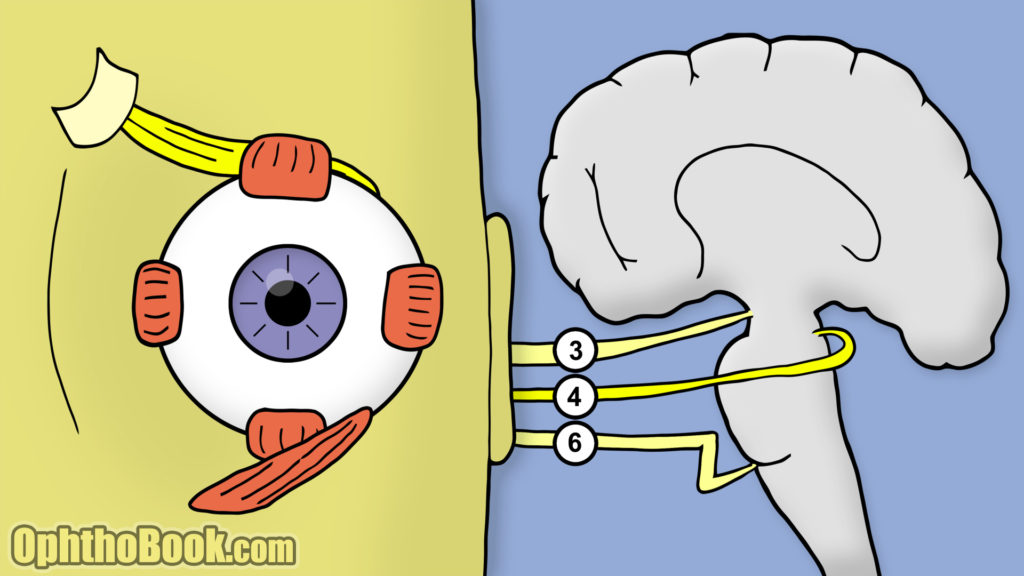
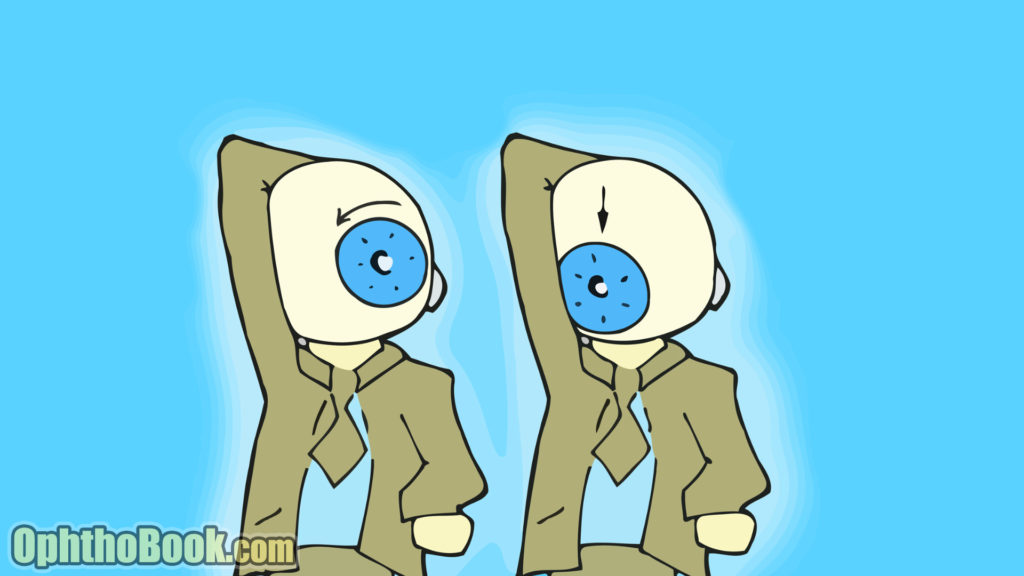
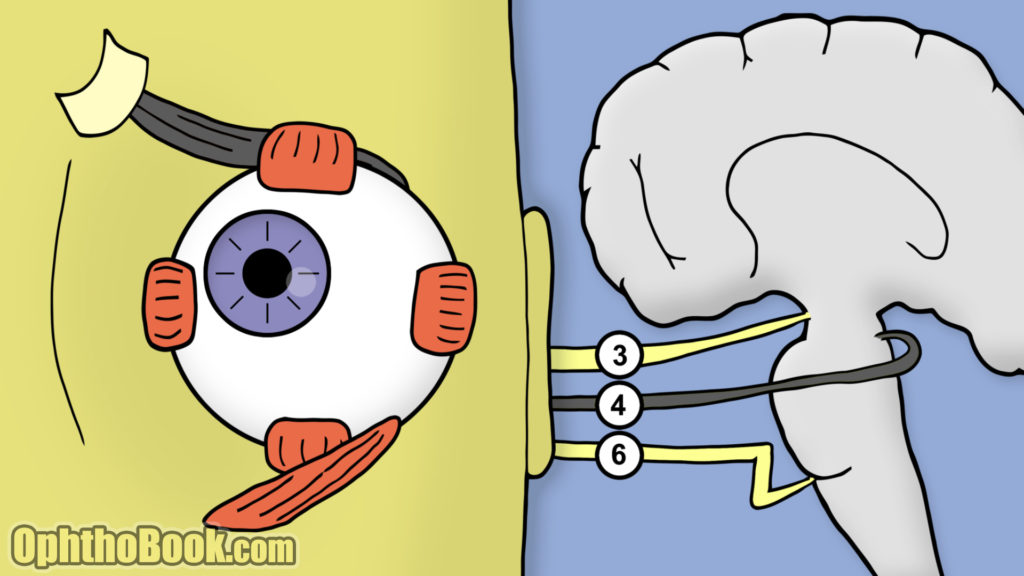
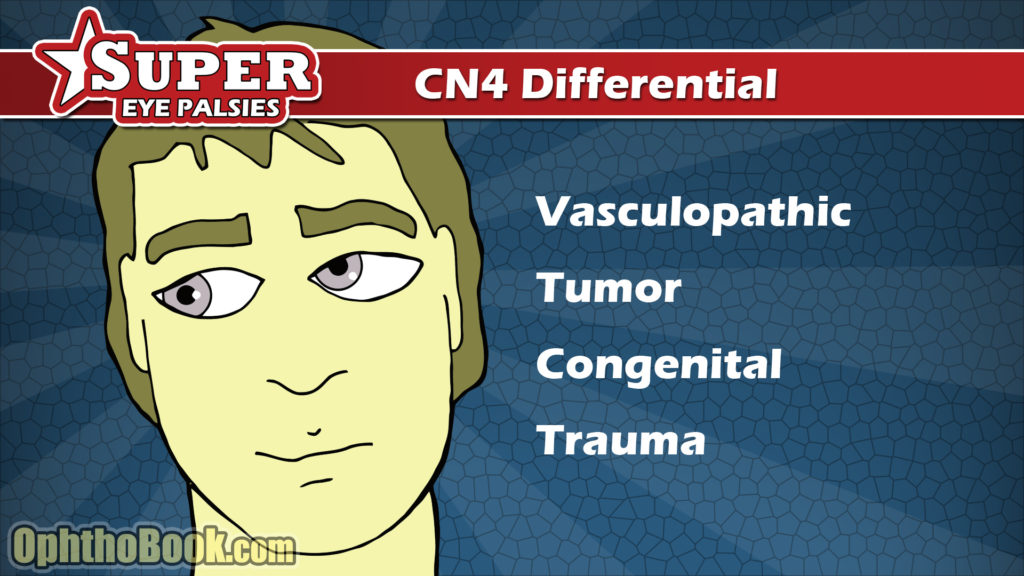
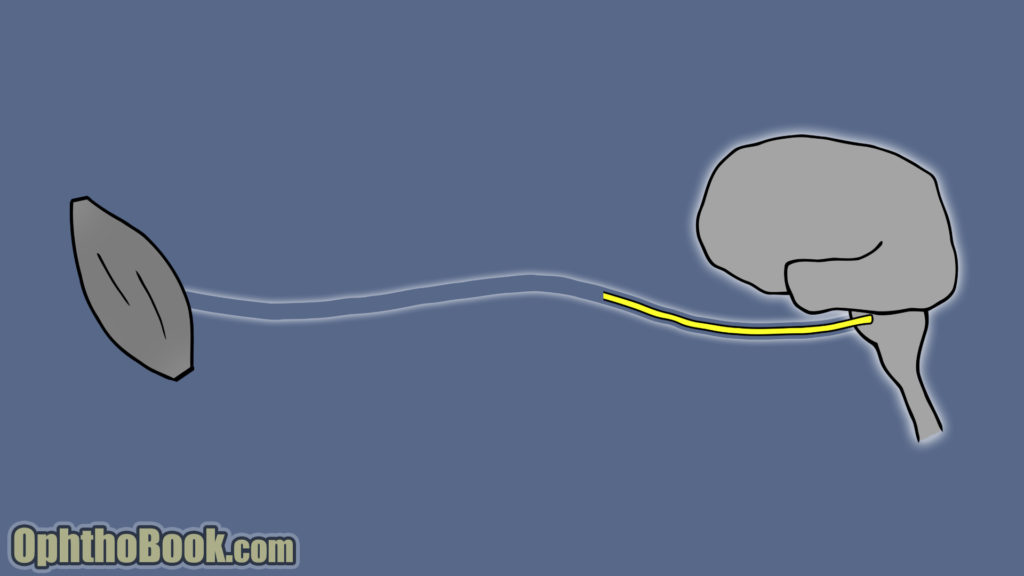
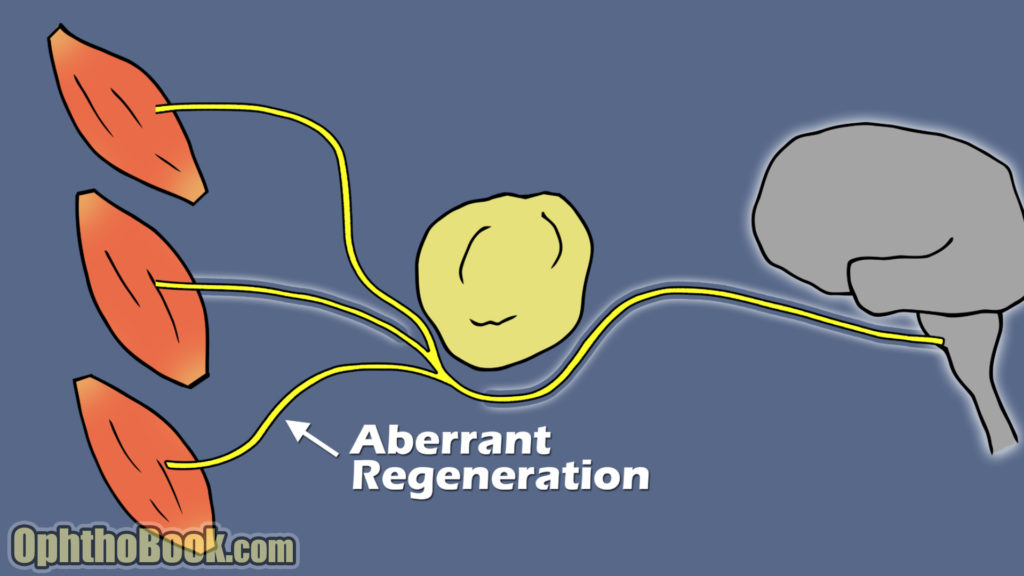
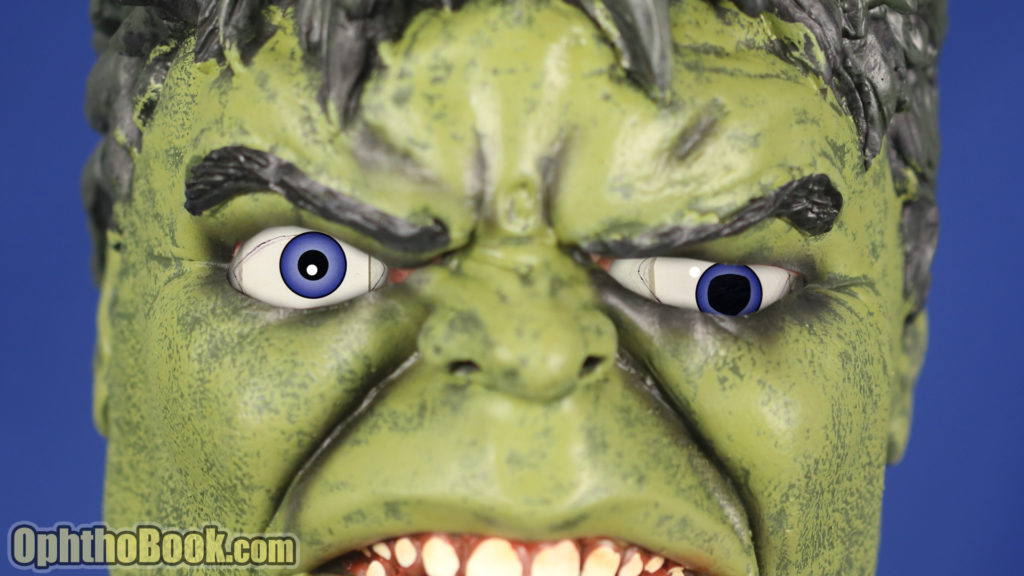
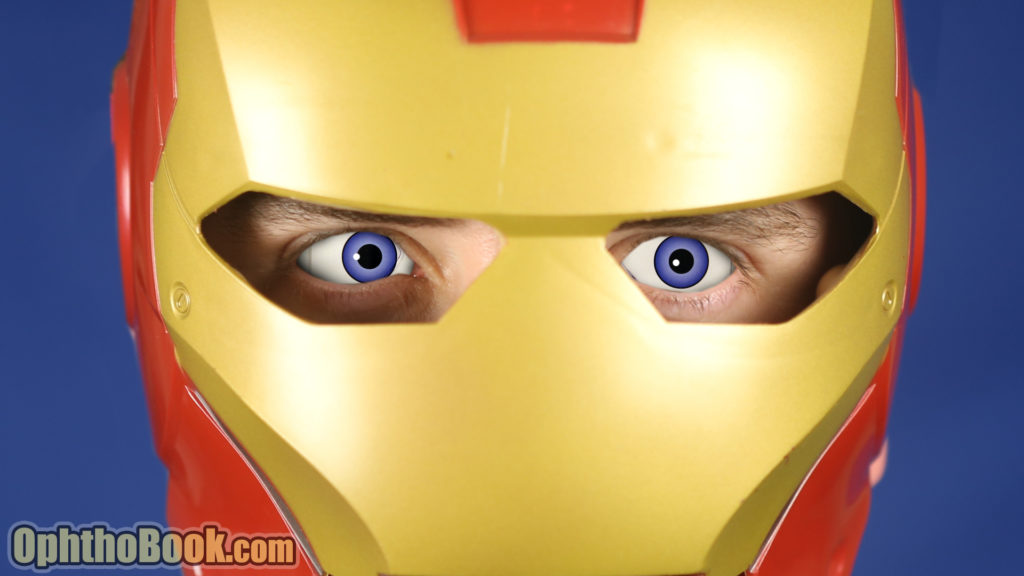
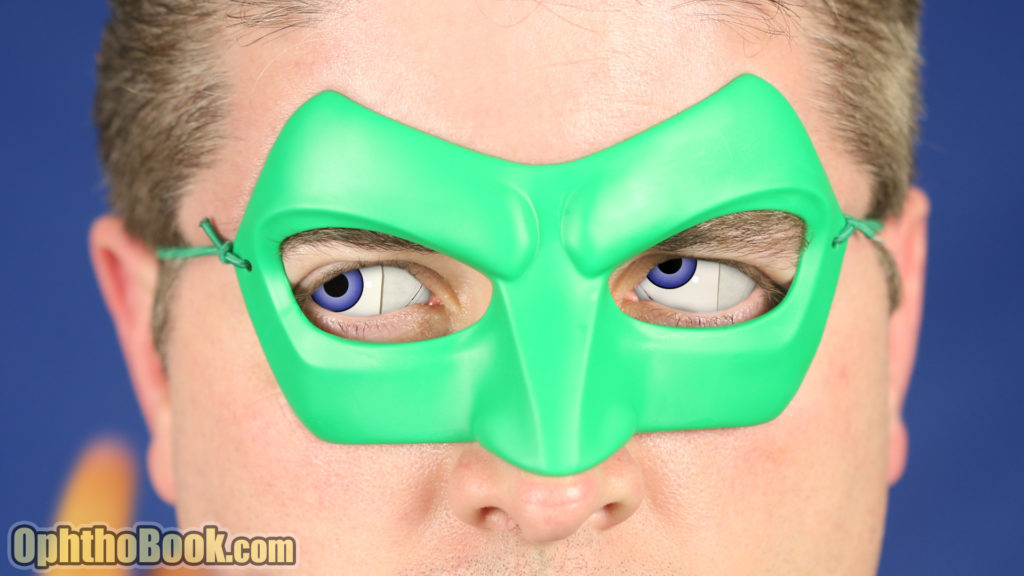
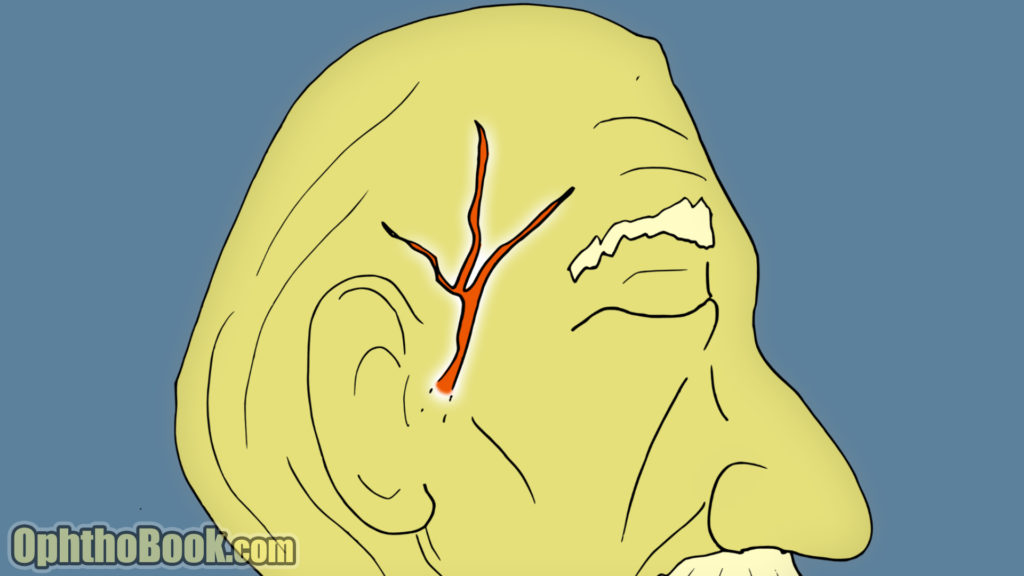
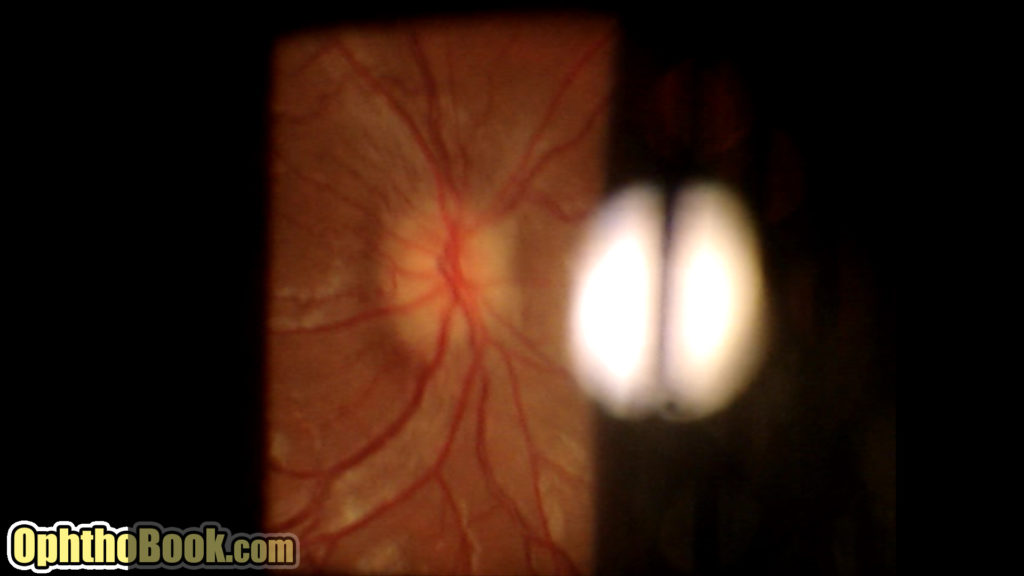

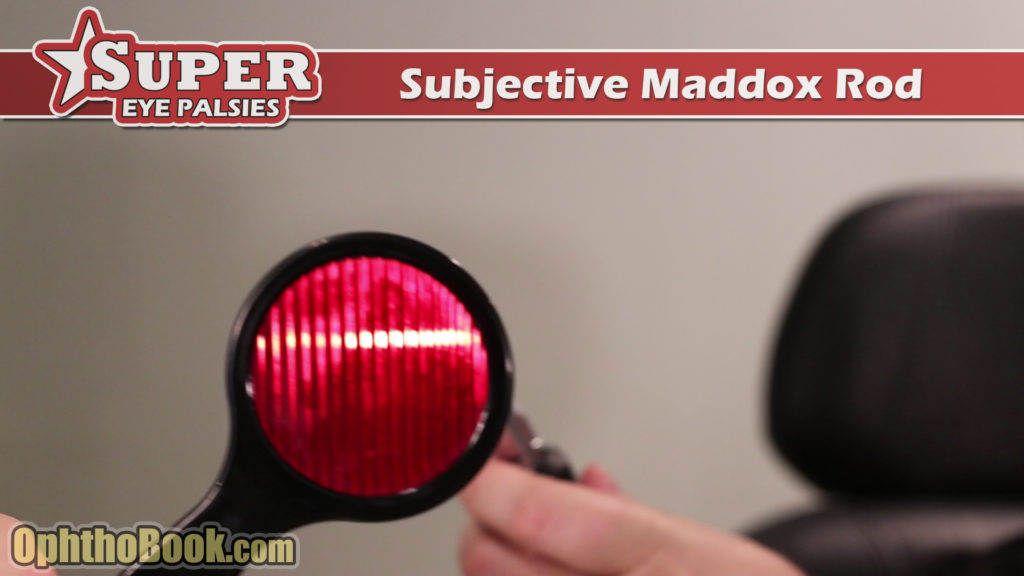
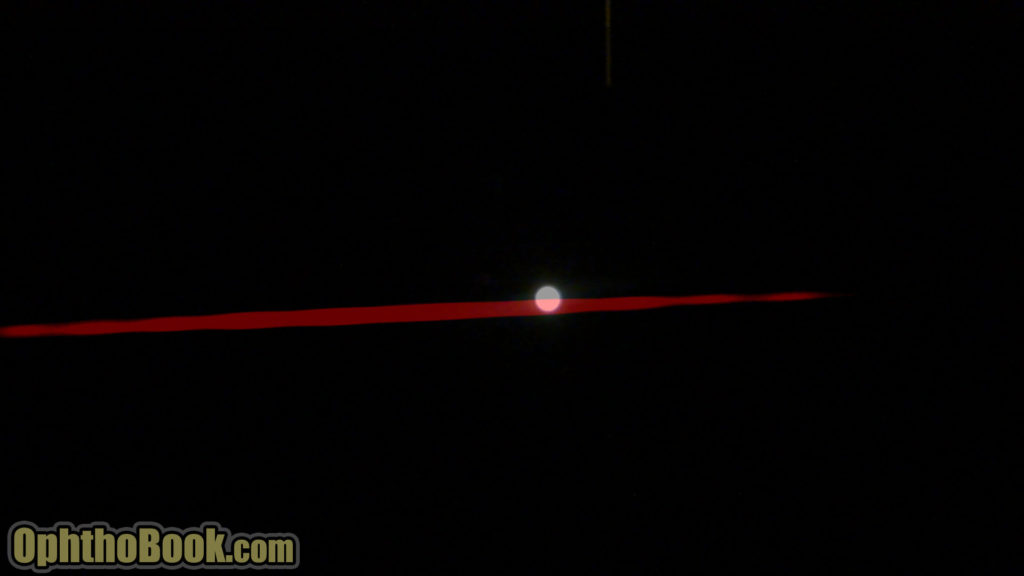
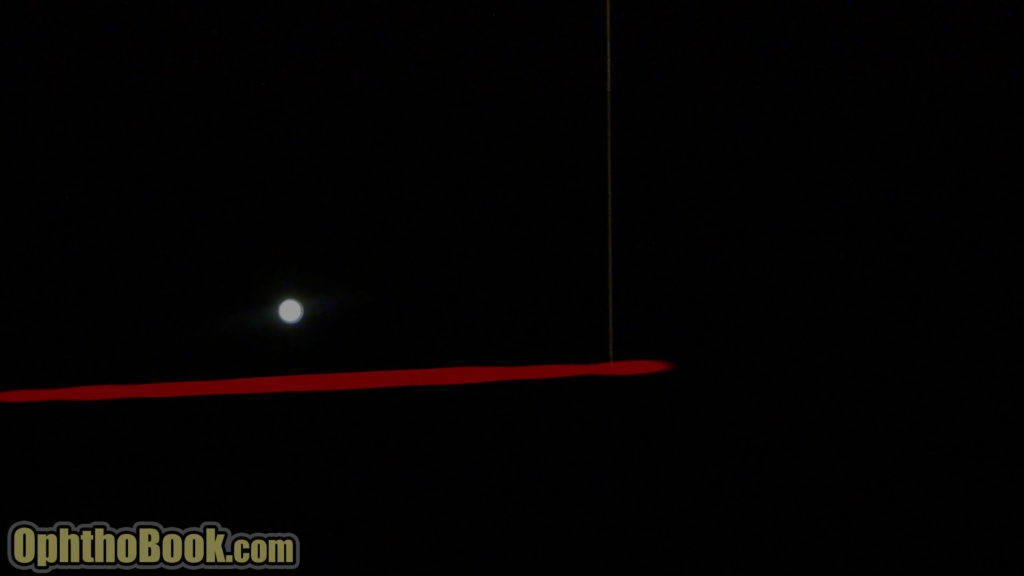
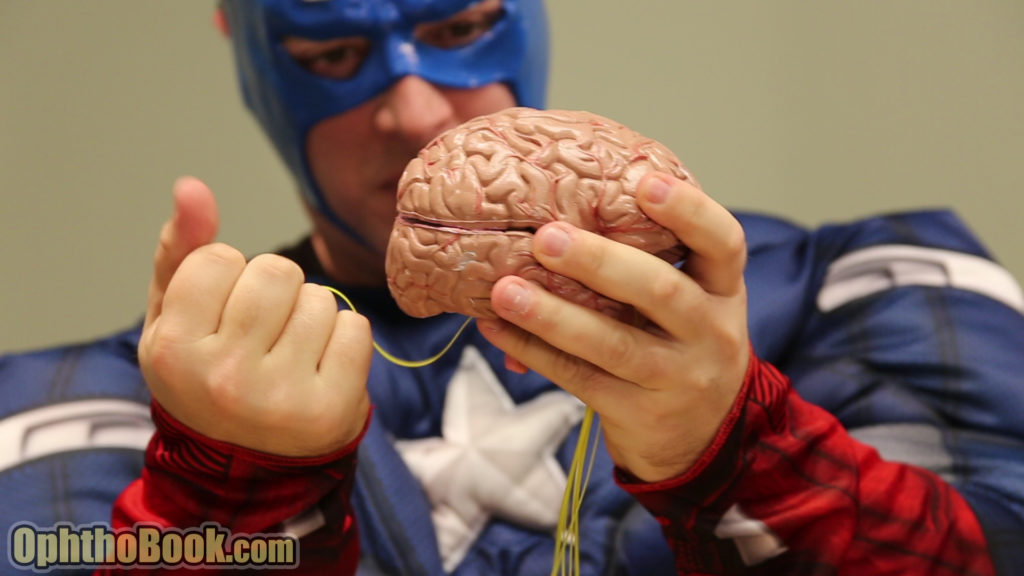
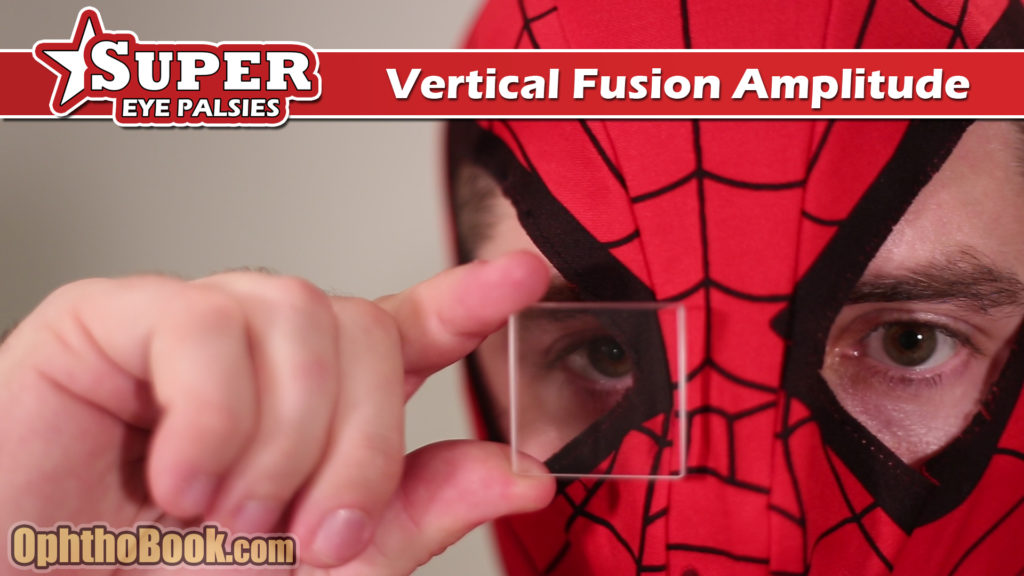
Awesomeness! Thanks a bunch!
Preciously well delivered! Thanks so very much sir! Pls kindly consider doing a video on HOW TO USE THE BINOCULAR INDIRECT OPHTHALMOSCOPE! This is one area that you have NOT touched on in terms of instrumentation usage. Pls sir counting on you so very much as we enjoy all your educative videos. God bless you sir and thanks once again for sharing your knowledge!!!!
Excellent as usual. Thanks for sharing such a nicely presented video.
The video being a mix of opthalmo-knowledge and super powers, is awesome way of learning, keep it up sir, its very unique ways of learning difficult things so easily
Thanks for your great effort at this work
very nice sir
Saw this lecture LIVE in Daytona and it was wonderful – best and most concise explanation I’ve heard for these 3 motility disorders.
This so amazing. I love the effort you put in to simplifying the eye. I was just searching for a good web to understand the eye muscles and I get your email.
This is well explained and has definetly opened the pandoras box on palsies and cranial nerves.
you rock Dr Tim
Absolutely superb. So easy to understand. It is a pity I could not have seen a lecture like this when I was a student some 50 years ago.
It is a must for any college student.
Fantastic!!
Thank you very much Dr. Root,
This video is the most interesting the way to learn the nerves and palsies.
I always had struggle to learn and memorize them BUT with this video like every thing were engraved into my brain and will remember them always.
Thank you very much.
Thank you Dr. Root! Your online book & videos are great, easy to remember lectures! Thank you, thank you, thank you!!!!
…Well,I can not find the right words for that kind of education. It is great ; it is fun ; it is effective and for me it will be more and more a “addiction” – again – THANK YOU !!
Dear Dr.Timm thank you very much for your effort to make ophthalmology better and easier, I wish that someday I will be like You, again thanks .
super LIKE!!!
Great video! Wonderful lecture! I have been in private practice for 18 years and found this video to be entertaining revision of important clinical entities.
Clive Novis
Ophthalmologist, South Africa.
Thank you for so creative , positiv and interesting Lectures Dr. Root. So easy to learn! i enjoy it!
merci
thank you
your videos are very helpfull for me at my work
as an optician i am often the one that see s the customers for appointments
and many times we need to know if we have and ermegency in front of us
to have the patient seen more quikly
Sight can be dammaged so fast that timming is important
question when dammage has occured the option of working with prismes may be a possibility to use on a portion of the retina that is not dammaged
by making glasses will you treat of that subject in the futur
sorry for my english
again thank you for the help you are spreading
Andrée
Dr.Root:
Love your lectures and have even used one in my lecturing to Medical residents. I am an ophthalmologist. The most recent video “Super Eye Palsies” has a small error when you mention that the 3rd nerve innervates the Lateral Rectus. Thank you for all that you are doing and please don’t stop.
Bob Morello
Tim Root: Thanks Dr. Morello. I picked up on the typo before I uploaded the lecture. This is one of the difficulties with video lectures … it is hard to retract or “fix” these typos as I can’t simply delete that portion of the video. You’ll see that I inserted a “verbal typo” notice hovering over the animation at the moment I made the mistake. Thanks for commenting!
thank for sharing your knowledge.God bless you.
thnx a lot ,great lecture,i also find humor a useful way to pass pretty much every thing.
dr roots,
i was n will remain ur biggest fan. u really made ophthalmo an easy subject.
thanks a lot!
saif.
thank you..
feed me more
Thank you for an amazing lecture. I’ve never EVER understood eye palsies as I’m now. Thank you again.
f***ing incredible. thank you
thank you so much
Really good lecture, makes everything so much easier to grasp.
Your videos has and continue to make me understand and retain immensely especially difficult and boring topics which are so important as this as mentioned can be life threatening ones. You have out done yourself ones more. So grateful, at the same time you are enjoying yourself too!
educative and well illustrated and very useful
DR SRINIVASAN
PONDICHERRY,India
I quite apreciate ur contribution in d development of d eye sector.try & upload Neuro-Ophthalmology lecture 2. Tanx
Wow,Great!Thanks.
Thanks for your wonderful works!I have followed this page for a long time. But English is not my mother language,so it is difficult to understand the audio.Could you provide some text materials?
This was fabulous. Thanks a lot.
Thanks a lot. The effect of learning is great.
just amazing
your work is soooooooooooooo great really thanks
it is of great help.. thnx a lot
you r d best….
“Organ recipient only” — L.O.L.
Not only you are a great teacher, you are also a great videographer! Looking forward to more of your great works.
You are a very impressive and good teacher….would love to have more tutorial videos from you…yes, indirect ophthalmoscopy is another topic which I am awaiting….Thanks.
With vertical deviations, is a Right Hyper the same as a Left Hypo during cover test? If so, how would you know which eye has the actual palsy?
Pablo, you are correct … with small vertical deviations, it is hard to tell which eye has the problem. Using cover-uncover testing, however, you can sometimes tell which eye is deviated (because it is the one that moves to refixate). You may want to watch my tropia/phoria video to see examples of this.
In real life, I’ll often just document what the right eye is doing vertically (hyper,hypo) on paper … and try to figure out the pattern later.
Excellent presentation, even beginer can learn easily
Prof. Dr Rajkumar Jain
Best lecture ever!
Best regards
THINK YOU; It’s really great.
thank you so much, a very generous gift to practicing residents….a picture is worth more than gazillion words
with a trauma injury that is suspected of causing my fourth nerve palsy….does the double vision, etc happen right after the accident or can it get worse over time?
thank you so much sir.. awesome work!!!!!!!!
Fantastic videos! Where have you find the masks?
amazing…..thank you very much…very easy to memorize, very helpful
excellent way to present such a hard topic for beginners ..thank you so much doctor.
Amani.
intern doctor hoping to be an Ophthalmologist
Saudi Arabia
ur an actual legend
Thank you very much!! Great viedo!
Very hard subject. I think it´s difficult for everyone at the begining, specially the first 33 times (LOL)
Very educational video. So far the easiest way to remember it I have found.
Resident in ophthalmology
Thank you
Simple and clear. Thanks.
Learning muscles has always made me squeamish. Thank you for providing a go-to.
Great job!! When will you be adding more topics?
Where do you typically lecture?
Thank you
awesome! looking forward to more of this stuff!
Thanks a lot, that was the most interesting eye nerve palsy lecture I’ve seen! Thank you.
great lectures, thanks for this kind of contribution !!!
AMAZING! Wish I had access to these in med school… it would have made life much easier.
This is great! Do more! Med.students in Sweden love this!
Thank you sooo much!
Loved it. As always. Something so complex made simple. Thank you so much! 🙂
It was superb. Easy to understand and entertaining as well. Thank you.
Excellent lecture.
Really enjoyed it.
Great graphics.
Crack!!! Incredible explanations
A very amazing lecture, I personally thank you for your great work and effort.
Awesome!
I found this video very helpful I just saw a Eye Specialist yesterday for double vision he told me i have weakness in both eyes but the right one is 6th thank you,
Thank you is was an excellent lecture.
very interpreted with interesting models that keeps learning easy.
Bestest Lecture Ever. Thank you
Love your method of presentation- I use your videos to teach Occupational Therapists working with the neurologically impaired at a major rehab in NJ. I would love to share your links or info via LInkedIn …
Karen
I’m an Optometrist/Educator/Lifetime Student, with many interests and skills outside of my primary profession. I really appreciate your creative approach to teaching as well as how you make fruitful use of ALL that you are. You are blessed to be a blessing in #priceless ways.
I recognize gifted people (most of the time) and love to learn from them when the opportunity presents itself.
Very helpful… Excellent Lecture!!